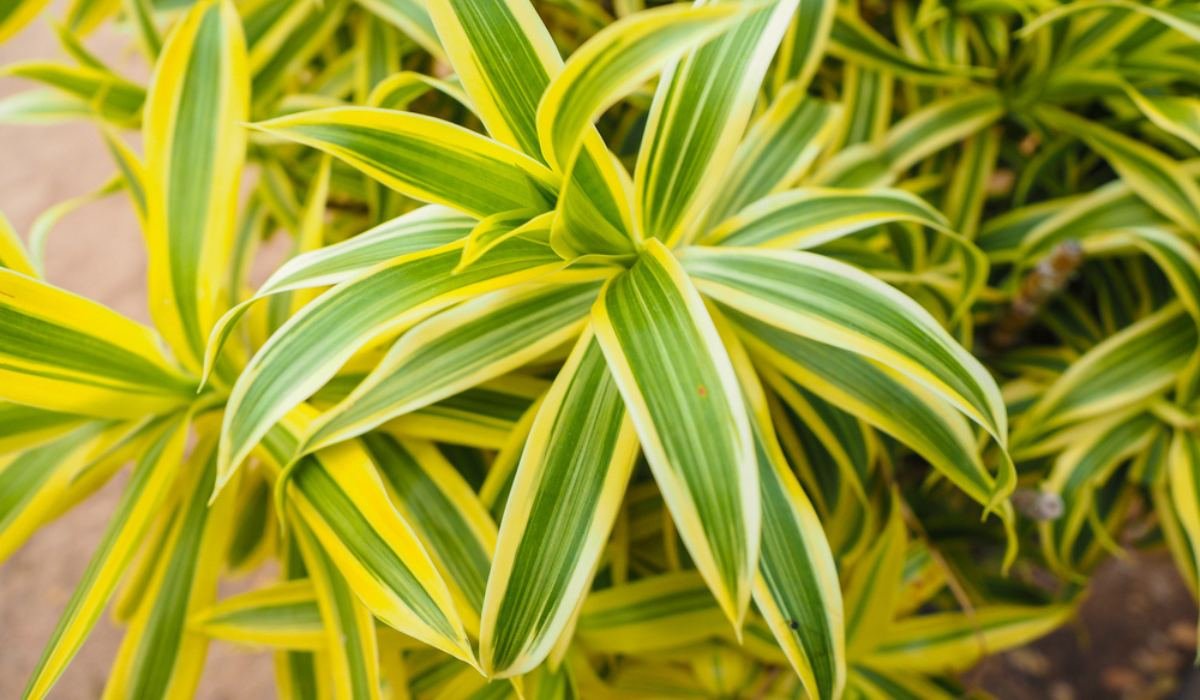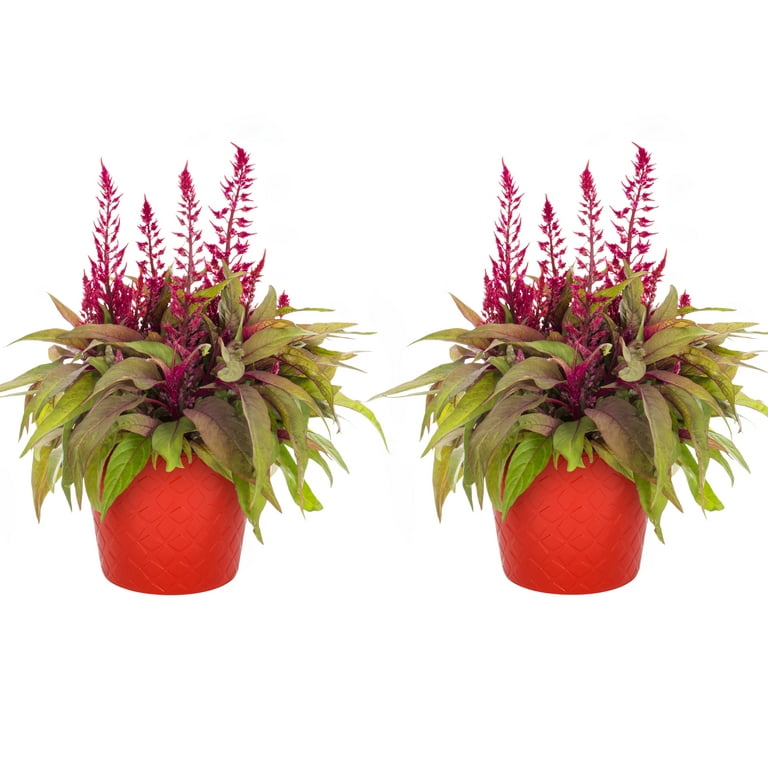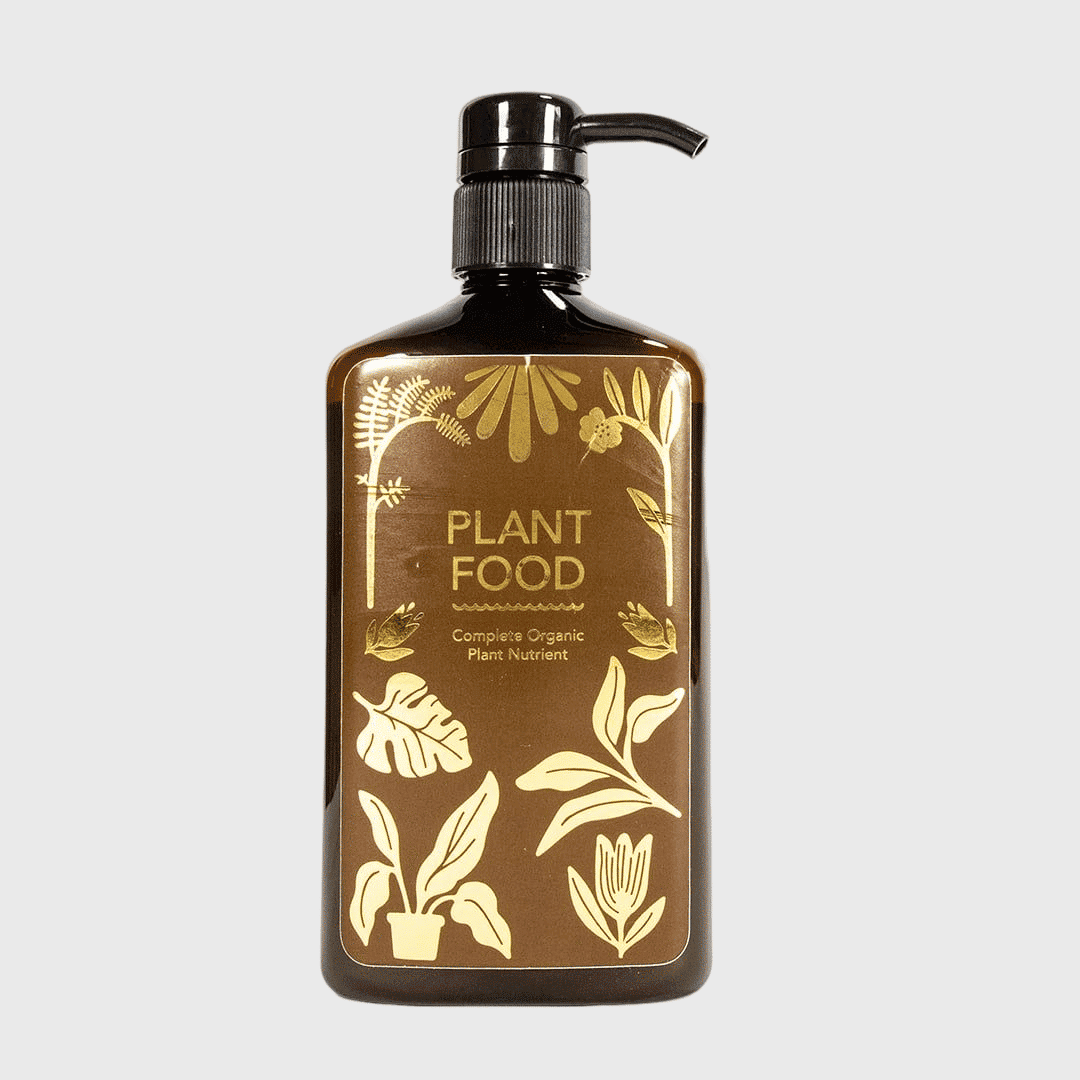Dragon’s Breath, also known as Anthurium plowmanii, is a stunning plant with its large, glossy leaves and bright red veins. Native to the rainforests of Columbia, this tropical plant has become increasingly popular among houseplant enthusiasts due to its unique appearance and relatively easy care requirements. However, like any other plant, it requires proper care and attention to thrive in your home. In this article, we will discuss everything you need to know about dragon’s breath plant care, from its basic requirements to troubleshooting common problems.
1. Getting to Know Your Dragon’s Breath Plant

a) Description and Characteristics
The dragon’s breath plant is a member of the Araceae family, which includes other popular houseplants such as pothos and peace lilies. It has long, arrow-shaped leaves that can grow up to 1.2 meters in length and 20 centimeters in width. The leaves have a glossy, dark green surface with prominent red veins running throughout, giving it a striking appearance. It also produces small, white flowers that are hidden within the foliage.
b) Basic Requirements
To ensure your dragon’s breath plant stays healthy and vibrant, it is essential to provide it with the right growing conditions. Here are the basic requirements for this tropical beauty:
- Light: Dragon’s breath plants prefer bright, indirect light. Too much direct sunlight can scorch their leaves, while too little light can cause them to lose their vibrant color. Place your plant near a window with a sheer curtain for optimal light.
- Temperature: This plant thrives in warm temperatures between 18-26°C (65-80°F). Keep it away from drafts or sudden temperature changes.
- Humidity: As a tropical plant, dragon’s breath requires high humidity levels to thrive. Consider investing in a humidifier, or place it on a tray filled with water and pebbles to increase humidity.
- Water: Keep the soil consistently moist but not waterlogged. Allow the top inch of the soil to dry out before watering again.
- Soil: Use a well-draining potting mix that retains some moisture but doesn’t stay soggy.
- Fertilizer: Feed your dragon’s breath plant with a liquid fertilizer every two weeks during the growing season (spring and summer).
- Repotting: Repot once a year in a slightly larger pot to provide room for growth.
2. Propagation

One of the best things about dragon’s breath plants is how easy they are to propagate. You can grow new plants from stem cuttings, making it an excellent option for plant enthusiasts looking to expand their collection or share with friends. Here’s how you can propagate your dragon’s breath plant:
a) Propagating from Stem Cuttings
- Take a 6-inch long stem cutting from the tip of your plant.
- Remove the bottom leaves, leaving only a few at the top.
- Dip the cut end into a rooting hormone powder.
- Plant the cutting in a small pot filled with moist potting mix.
- Cover the pot with a plastic bag or cling wrap to create a mini greenhouse.
- Place the pot in bright, indirect light and keep the soil moist.
- After a few weeks, your cutting will start to develop roots. Once the roots are about an inch long, you can remove the plastic covering.
- Continue caring for your new plant as you would a mature dragon’s breath plant.
b) Propagating from Offsets
Dragon’s breath plants also produce offsets or “pups” around the base of the main plant. These can be gently removed and planted in their pots to grow into new plants. Make sure the offset has a few roots attached before separating it from the main plant.
3. Common Problems and Solutions

Despite being relatively easy to care for, dragon’s breath plants can still face some issues that may affect their growth and appearance. Here are some common problems you may encounter and how to fix them:
a) Brown Leaf Tips
Brown leaf tips are often caused by underwatering or low humidity levels. Increase humidity around your plant, and make sure to water it regularly.
If the brown tips are accompanied by yellowing leaves, it may be a sign of overwatering. Allow the soil to dry out before watering again, and make sure the pot has proper drainage.
b) Pests
Dragon’s breath plants are susceptible to pests such as spider mites, mealybugs, and scale insects. Regularly inspect your plant for any signs of infestation, such as webbing, white cottony patches, or tiny insects on the leaves. If you spot any, isolate the plant and treat with an appropriate pesticide.
c) Root Rot
Overwatering can lead to root rot, which is a fungal disease that causes the plant’s roots to rot and eventually die. To prevent this, make sure your plant is not sitting in water, and allow the top inch of the soil to dry out between waterings. If your plant has already developed root rot, remove it from the pot, trim off any affected roots, and repot in fresh, well-draining soil.
4. Frequently Asked Questions (FAQs)

a) How often should I fertilize my dragon’s breath plant?
You should fertilize your dragon’s breath plant every two weeks during its active growing season (spring and summer). Use a balanced liquid fertilizer at half strength.
b) Can I use tap water for my dragon’s breath plant?
Tap water contains minerals and chemicals that can build up in the soil over time, affecting the plant’s health. It is best to use filtered or distilled water for your dragon’s breath plant.
c) Do I need to mist my dragon’s breath plant?
Misting can help increase humidity around your plant, which is beneficial for its growth. However, it would be best if you also used other methods, such as a humidifier or pebble tray, to maintain high humidity levels consistently.
d) How big does my pot need to be for my dragon’s breath plant?
Dragon’s breath plants have relatively compact root systems, so it is best to choose a pot that is only slightly larger than the current one (about an inch wider in diameter). This will prevent the soil from staying too wet, which can lead to root rot.
e) Can I prune my dragon’s breath plant?
Pruning is not necessary for dragon’s breath plants unless you want to remove any yellowing or damaged leaves. If you do decide to prune, make sure to use clean, sharp scissors, and cut near the base of the stem.
5. Conclusion

With its striking appearance and easy care requirements, the dragon’s breath plant is a fantastic addition to any houseplant collection. By providing it with the right growing conditions and addressing any problems promptly, you can enjoy this tropical beauty’s vibrant colors and glossy foliage for years to come. Happy gardening!
